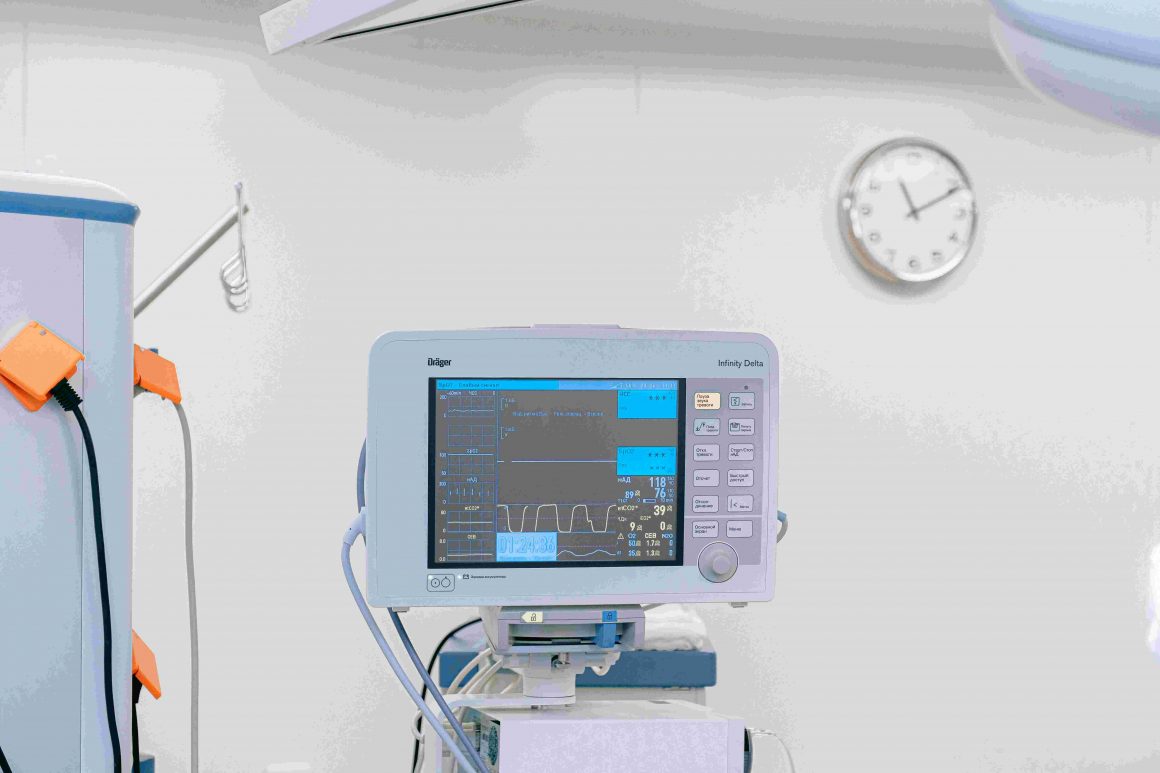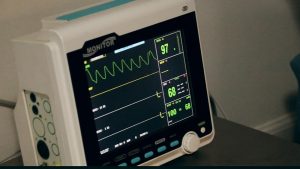Dialysis is a clinical procedure involving a surgical insertion of a short, narrow tube under the skin, to connect a vein with an artery (this process is called a graft). This procedure can be done in a different way (called a fistula).
A fistula is an abnormal connection or passageway between organs or vessels that normally do not connect, in this case, a vein with an artery. The purpose of this is to remove waste products (such as sodium, salt, excess water) from the blood in an event of a kidney failure. It also helps keep the blood pressure steady and retains a healthy level of certain chemicals in the blood such as potassium, sodium, and bicarbonate.
The kidney is the organ in the body that filters the blood and removes waste products from the body sending them off as urine to the bladder.
This clinical procedure has been a recognized hospital procedure since the 1960s. It is needed whenever a kidney fails to work properly due to several factors. It is injurious to health to allow waste to build up in the body system for a long time.
Types
There are two distinct types; hemodialysis and peritoneal dialysis.
Hemodialysis
Here, an artificial kidney (called a dialyzer) is used to remove waste and excess fluid in the body. To do this, your doctor will need access to your blood vessels. By joining an artery under your skin to a vein, he creates a bigger blood vessel called a fistula. Another way to gain access is by using a soft tube to join an artery to a vein (this is called a graft).
Peritoneal dialysis
Here, your blood is cleaned inside your body. The doctor will do surgery to make an access. This access is made by placing a plastic tube, called a catheter, into your abdomen. This is a process that involves drawing waste products out of your blood and into the dialysate.
Types of peritoneal dialysis
There are different kinds of peritoneal dialysis. Two common ones are Continuous Ambulatory Peritoneal Dialysis (CAPD) and Automated Peritoneal Dialysis (APD). A distinct feature of the two is that both of them can be done by you. The major difference between the two is that CAPD is done without the aid of machines while APD makes use of a special machine called a cycler.
Usually, treatments are carried out three times a week and each one can last for up to 5 hours. The duration of the treatment largely depends on several factors, including but not limited to:
- The degree of kidney failure
- Your fluid intake during treatments
- Your body mass
- The amount of waste present in the body
- The method used.
It is important to note that this clinical procedure is not a curative treatment for kidney failure. If both your kidneys have failed, you will be required to live on treatment for your whole life unless you get a kidney transplant.
Dialysis is a painless procedure but its accompanying effects can be quite harrowing. A drop in blood pressure levels can lead to vomiting, headaches, cramps, etc. These problems usually go away with time.
The life expectancy of a patient varies largely because it depends on a host of other medical factors such as separate medical conditions. However, patients on steady treatments have been known to live up to 10 years on average.
Finally,
Life on dialysis isn’t much different from normal life. Except for frequent weekly treatments and a special diet to control waste build-up, patients on dialysis lead normal lives.
Even though the medical procedure is on the expensive side of, patients need not worry as this condition will not render them unfit for work and unable to afford their hospital bills. They can return to their regular working lives as soon as they get used to the treatments. However, if their job involves a lot of heavy lifting or physical labor, they should consider getting a new one.
Call or write to us for more information about treatments, and price estimates.






